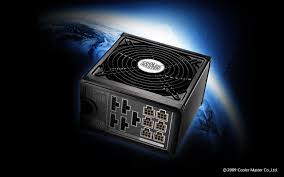
If a computer won't start or computer diagnostic software indicates that the power supply is problematic, installing a new power supply may be your only option. Fortunately, this is one of the easier computer repair tasks to do. Plus, since the problem originates in the power supply, data loss isn't likely. Similarly, if you are building a new computer, you'll need to install all of its components including the power supply. In either case, the steps are primarily the same with the main difference being the removal of the old power supply in an existing system.
If you've previously used computer hardware diagnostics tools to inventory your system and have a printout handy, take that along to the computer repair store so that you can select the right power supply for your system. If you don't have a printout, the computer technician should be able to help you select a compatible component.
Because you'll be dealing with an electrical component, following all safety precautions is necessary. Make sure that the computer is completely unplugged from its power source. If you're working on an existing system, your original power supply could retain a charge even if it's not plugged in, so treat it with care.
After disconnecting the power, remove all jewelry and gather your tools. Unscrew the screws holding the case together and carefully remove the case. Place the screws in a safe location. Find the existing power supply and unbolt it as well as disconnect the cables attached to the motherboard and other devices. Slide the power supply out of the unit.
To install the new power supply, you'll want to first look at the back of the power supply unit to make sure its voltage switch is in the correct position for your country. Once the voltage switch is confirmed to be in the correct position, slide the unit into position and attach the cables to the motherboard and other devices such as CD-ROM drives. If you overlook an internal device, it won't have power and will not run, so make sure to pay close attention to all of the devices inside your system. Once all of the power connections have been made, align the unit in the mounting bracket so that you can bolt it into place.
Reassemble the computer case, plug in the system, and power on your computer. You can test individual components to make sure that they're receiving power or you can use computer diagnostic software to run a quick system-wide hardware test. If the system passes all of the computer hardware diagnostics tests, then your installation is complete. While it's not necessary to use computer diagnostic software as a final step, it's useful for making sure that your installation was a complete success.
No comments:
Post a Comment